How To Add Water To A Battery
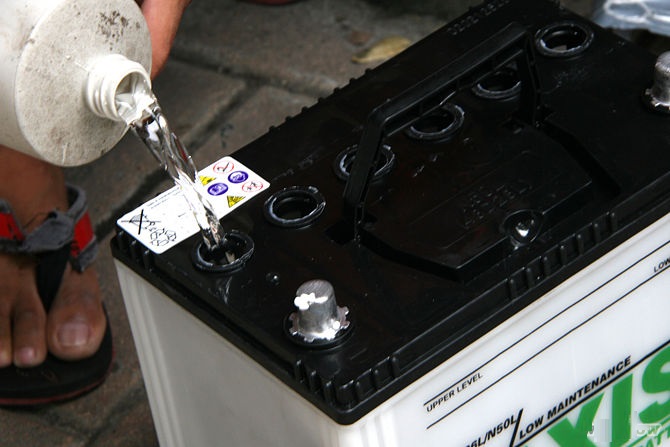
Imagine a sweltering summer afternoon, the kind where the air shimmers above the asphalt and the only sound is the rhythmic hum of cicadas. You turn the key in your car, expecting the familiar roar of the engine, but instead, you're met with a disheartening click. A sinking feeling washes over you – it might just be the battery. It's a situation many of us have faced, a reminder that even the most reliable machines require a little TLC to keep running smoothly.
At its core, maintaining a lead-acid battery, specifically by adding water, is about extending its lifespan and optimizing performance. This isn't a task for every battery type, but understanding when and how to do it can save you from unexpected breakdowns and costly replacements. This guide will walk you through the process, ensuring you can confidently tackle this essential maintenance task.
Understanding Lead-Acid Batteries
Lead-acid batteries, the workhorses of most vehicles, operate through a chemical reaction between lead plates and a sulfuric acid electrolyte. During the charging and discharging process, water in the electrolyte can break down through electrolysis, leading to water loss. This is especially true in warmer climates or with older batteries.
When the water level drops, the lead plates become exposed to air, leading to sulfation – a buildup of lead sulfate crystals that reduces the battery's ability to hold a charge. Think of it like plaque building up on your teeth, slowly hindering its function. This degradation is what ultimately causes battery failure.
Types of Batteries and Their Needs
It's crucial to differentiate between battery types. Traditional lead-acid batteries with removable caps, often referred to as "flooded" batteries, are the ones you can typically add water to. Sealed lead-acid batteries (SLA), Gel batteries, and Absorbed Glass Mat (AGM) batteries, are designed to be maintenance-free and should not be opened.
Attempting to open a sealed battery can be dangerous and void any warranties. Always consult your battery's manual or the manufacturer's specifications to determine its type and recommended maintenance procedures. When in doubt, it's always best to consult with a qualified mechanic.
The Importance of Distilled Water
Using the right type of water is paramount. Distilled water is the only water you should use when replenishing a battery's electrolyte levels. Tap water, mineral water, or even filtered water contain minerals and impurities that can contaminate the electrolyte and accelerate sulfation.
Think of your battery as a delicate ecosystem. Introducing foreign substances can disrupt the delicate balance and negatively impact its performance. Distilled water, on the other hand, is pure and will not introduce any unwanted contaminants.
Safety First: Essential Precautions
Working with batteries involves handling sulfuric acid, which is corrosive and can cause burns. Always wear safety glasses and acid-resistant gloves to protect your eyes and skin. Work in a well-ventilated area to avoid inhaling fumes released during the process.
Neutralize any spills immediately with baking soda and water. In case of contact with skin or eyes, rinse thoroughly with water for at least 15 minutes and seek medical attention. Remember, safety is always the top priority.
Step-by-Step Guide: Adding Water to Your Battery
Before you begin, ensure the engine is off and the vehicle is parked on a level surface. Locate the battery, usually under the hood or in the trunk, and carefully remove any covers or clamps securing it. Disconnect the negative terminal first, followed by the positive terminal, to avoid short circuits.
Clean the battery terminals with a wire brush or a specialized battery terminal cleaner to remove any corrosion. This will ensure a good connection and prevent future issues. This simple step can significantly improve battery performance.
Opening the Battery Cells
Locate the cell caps on top of the battery. These are usually small, removable caps that cover each cell. Use a flathead screwdriver or a battery cap removal tool to carefully pry them open. Avoid using excessive force, as this can damage the caps or the battery itself.
Inspect the electrolyte level in each cell. The liquid should cover the lead plates. If the plates are exposed, it's time to add water.
Adding Distilled Water
Using a syringe or a small watering can with a narrow spout, carefully add distilled water to each cell until the electrolyte level reaches the bottom of the fill well or the indicator mark. Avoid overfilling the cells, as this can cause acid to leak out during charging.
A good rule of thumb is to fill to just below the bottom of the fill well. Remember, it's better to slightly underfill than to overfill.
Reassembling and Reconnecting
Replace the cell caps securely, ensuring they are properly seated. Clean the battery casing with a damp cloth to remove any spilled water or acid. Reconnect the battery terminals, starting with the positive terminal and then the negative terminal. Secure the battery with its clamps or covers.
After reconnecting the battery, start the engine and let it run for a few minutes to allow the battery to charge. Monitor the battery's performance and check for any leaks or unusual behavior.
Regular Maintenance: Preventing Future Issues
Regularly check the electrolyte levels in your battery, especially during hot weather. Keeping the battery clean and free of corrosion will also extend its lifespan. A little preventative maintenance can go a long way.
Consider using a battery maintainer or trickle charger if your vehicle is not driven regularly. This will keep the battery fully charged and prevent sulfation. These simple devices can significantly prolong battery life.
When to Seek Professional Help
If you're uncomfortable performing these tasks yourself or if you notice any signs of battery damage, such as cracks, bulges, or excessive corrosion, consult a qualified mechanic. They have the expertise and equipment to properly diagnose and address any battery issues.
Ignoring battery problems can lead to more serious issues down the road. Don't hesitate to seek professional help when needed.
Conclusion: Empowering You to Maintain Your Vehicle
Adding water to a lead-acid battery is a simple yet effective way to prolong its life and ensure reliable performance. By understanding the process, taking the necessary precautions, and performing regular maintenance, you can avoid unexpected breakdowns and save money on battery replacements.
Think of it as a small act of stewardship, caring for the components that keep your life moving. Taking a proactive approach to vehicle maintenance not only saves you money but also gives you a greater sense of control and confidence on the road. Now, equipped with this knowledge, you can confidently face that familiar "click" with a solution in hand.



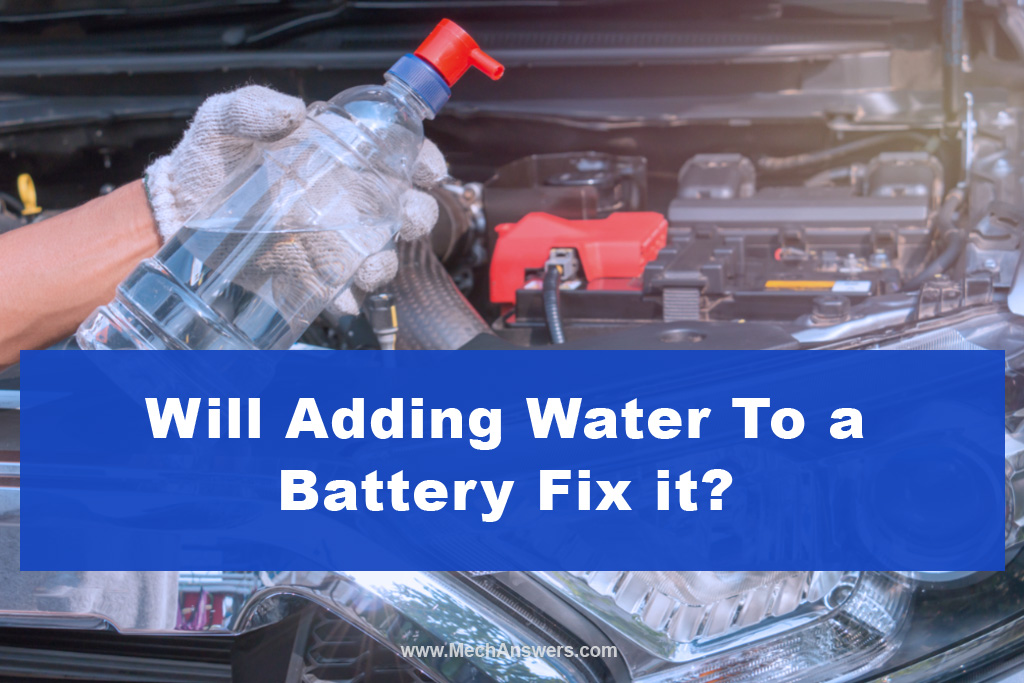

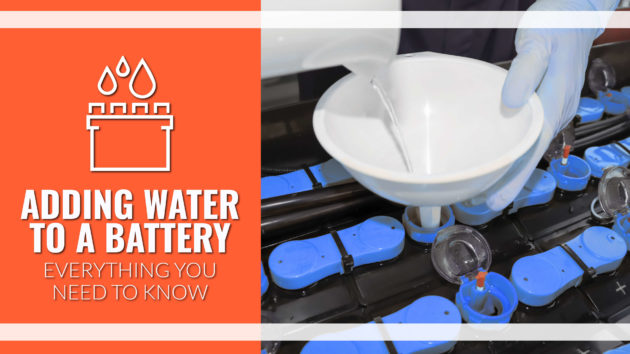




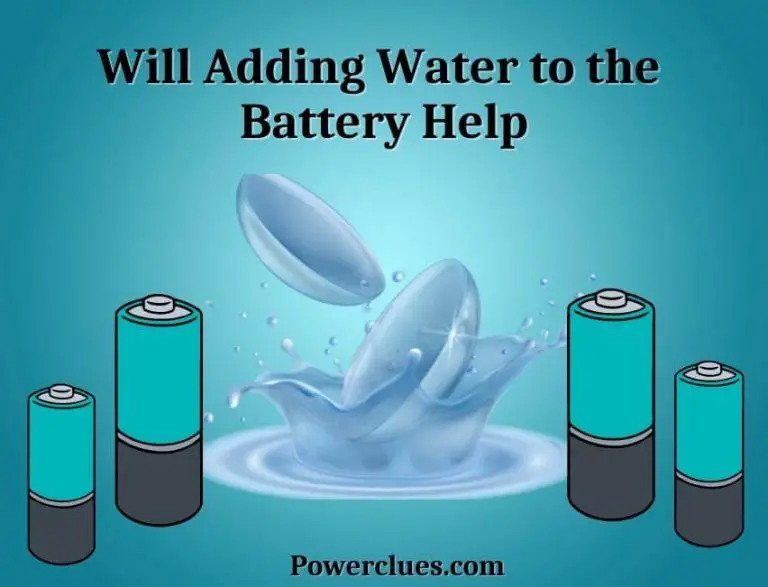





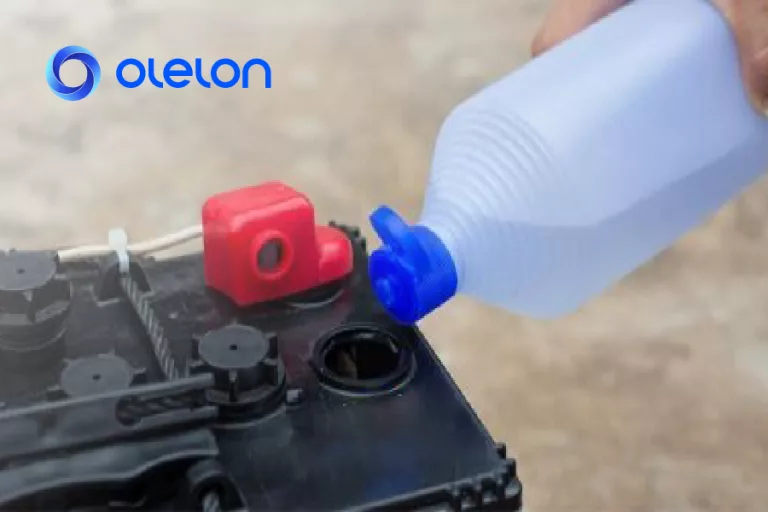
![How To Add Water To A Battery Golf Cart Battery Water [What To Use & How To Do It] - The Fun Outdoors](https://thefunoutdoors.com/wp-content/uploads/2022/03/how-to-put-water-in-golf-cart-batteries.jpg)
